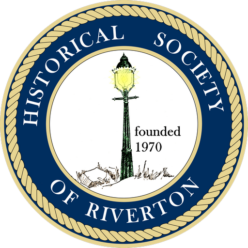Tomorrow marks Riverton’s 121st Children’s Flag Parade.
Inevitably, around this time of year a child or an out-of-town visitor will ask, “How did this wonderful July Fourth Parade originate?
Well, kids, this authoritative article written by Borough Historian Paul W. Schopp for the 2018 Riverton 4th of July Program Booklet will transport readers back to July 4, 1897, as he examines the very genesis of the Children’s Flag Parade we celebrate today.
It is a bit of Riverton history not to be found in any history book. -JMc
The Birth of a July 4th Tradition in Riverton
Contributed by Paul W. Schopp, Borough Historian
Rivertonians have always celebrated our nation’s birthday with grand panache. Houses and businesses festooned with flags, ribbons, garlands, and bunting lined the town’s streets in the past just as they do today. Prior to 1897, sporting events filled the Fourth, providing revelers with spectacles ranging from baseball games to boat races on the Delaware River to competitive cycling at the Riverton Athletic Association quarter-mile velodrome between the years 1894 and 1896.
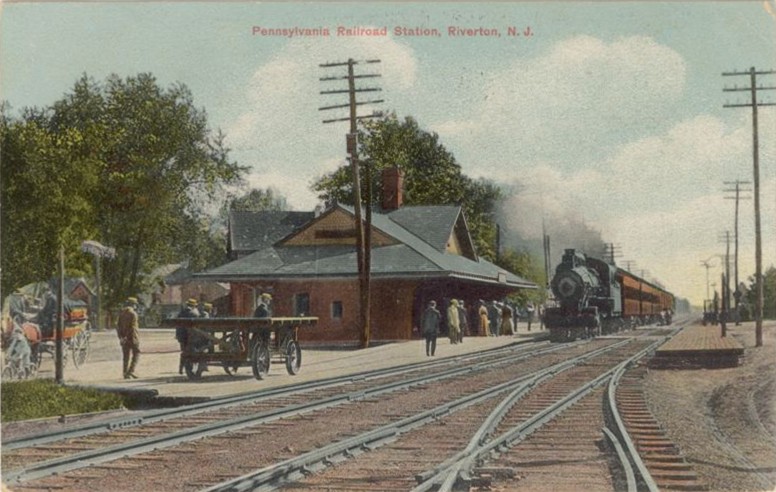
On July 4, 1897, the community’s focus pivoted. Sure, sporting events remained an important part of the ongoing annual celebration, but by 8:45 a.m. on this 1897 Sunday, a crowd was gathering at the Riverton station, filled with anticipation. Officials had invited the Burlington Band to travel down to Riverton and aid the residents in commemorating the day and all it meant to Americans filled with ardor for their country. The band boarded train no. 315 at the Burlington station and departed at 8:47 a.m. for the eighteen-minute trip to Riverton.

Disembarking from the train, the band assembled into formation on Broad Street behind the station and then marched to the Riverton Fire Company headquarters on Howard Street as the drummers beat the cadence. The squad of volunteer firemen stood ready to hoist a new American flag up the pole while the band members solemnly played The Star Spangled Banner. The crowd raised their voices in reverent singing to accompany the band music. The unfurling new flag featured an extra white star in the blue canton, symbolizing Utah achieving statehood and joining the 44 other states then comprising the Union.
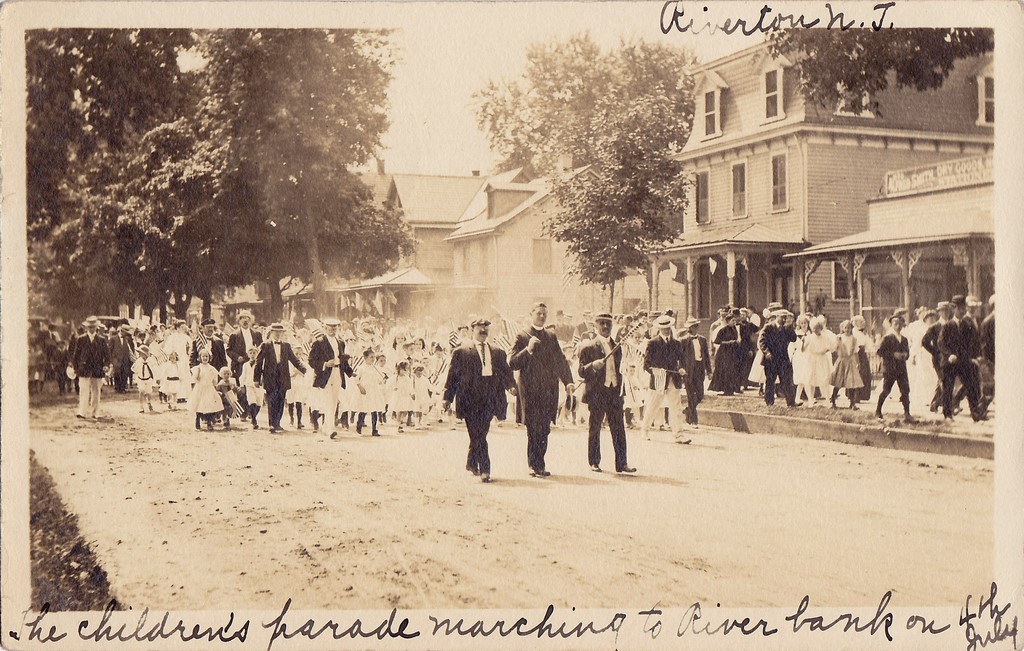
When Riverton’s first processional formed up, local newspaper editor C.F. Sleeper noted, “The band then led the parade of about 150 sweet little tots all dressed in white carrying silk flags to the river bank in front of Wm. P. Ellison’s where patriotic songs were sung ….” Those silk flags the children carried also featured 45 stars on the blue field. From the onset, the yearly event was known as “The Children’s Flag Parade.” Ellison resided in the original dwelling occupying the address of 405 Bank Avenue. Demolished in the 1950s, Samuel Sloan designed this “cottage” for founder Daniel L. Miller Jr.

A celebratory crowd lined the riverbank, keen on watching the yacht club sponsored boat races, since other sporting events would not be offered. No baseball games would be played, since the 1897 holiday fell on a Sunday, and the velodrome had permanently closed when the 1896 season ended.
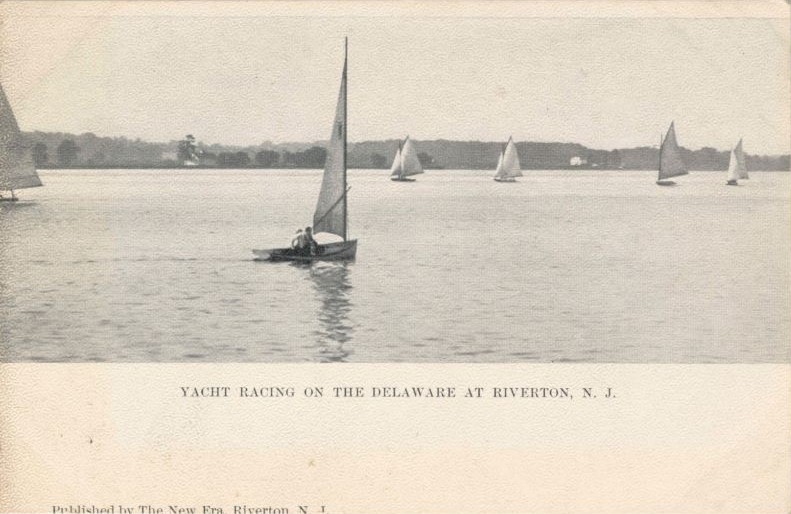
Three catboats initiated the riverine racing heats, with the FROLIC winning the prize over the larger SEA GULL. Nine mosquito boats took their turn, but several of the craft failed to finish the race. James Coale took the cup, with Norman Ellison and C.C. Rianhard mere inches behind. Only three contestants entered the tub race, in which Tom Kerigan won and William Bishop placed.

No exploding fireworks lit up the darkened sky out of respect for Sunday. Instead, the Rev. R. Bowden Shepherd, rector of Christ P.E. Church, conducted a patriotic evening worship service on Ellison’s lawn and Judge Hanna delivered an address that touched the American soul.
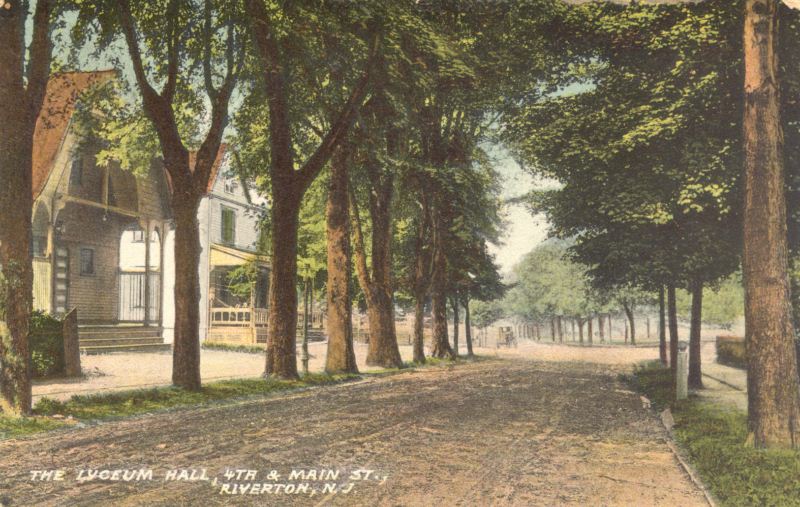
Not present were the town’s young people, who spent the evening at the Riverton Lyceum listening to live music. As the day drew to a close, adults and children alike strolled home to bed under the dim glow of the town’s gaslights.
While the preceding account of the Riverton 4th that included the inaugural children’s flag parade may seem a tad tame to those who line Main Street in 2018 awaiting the festivities, the common thread of patriotism and the celebration of a uniquely American holiday remains an intact stitch running through Riverton’s social fabric for the past 121 years.
All postcard views from the Paul W. Schopp Collection except the Children’s Flag Parade and the crowd on the riverbank, which are from Nick Mortgu’s collection. Additional links to images in Historical Society of Riverton archives.
